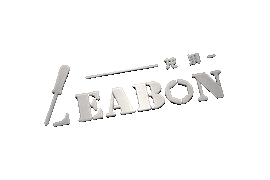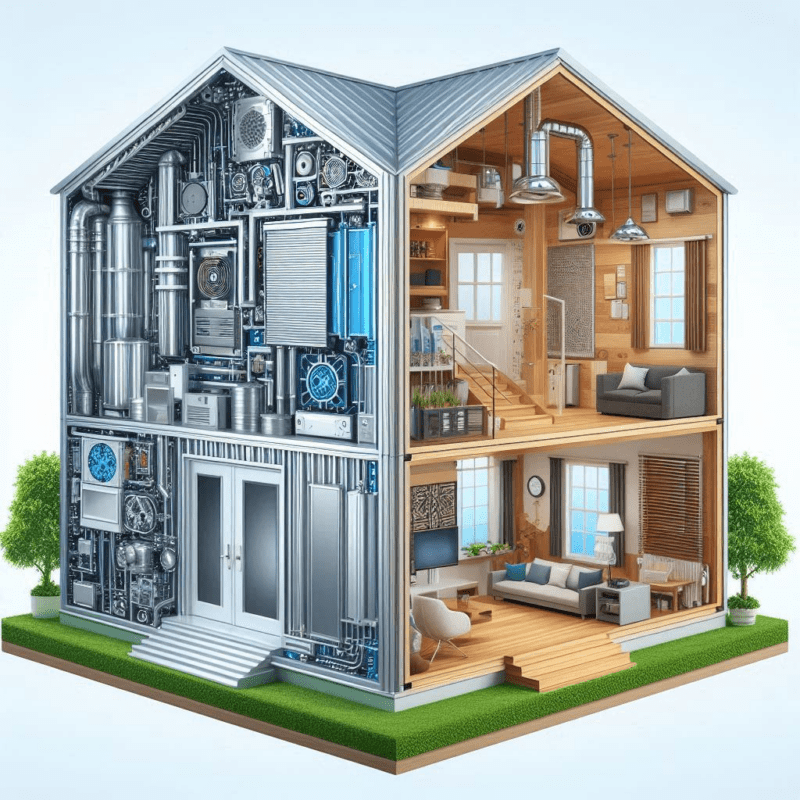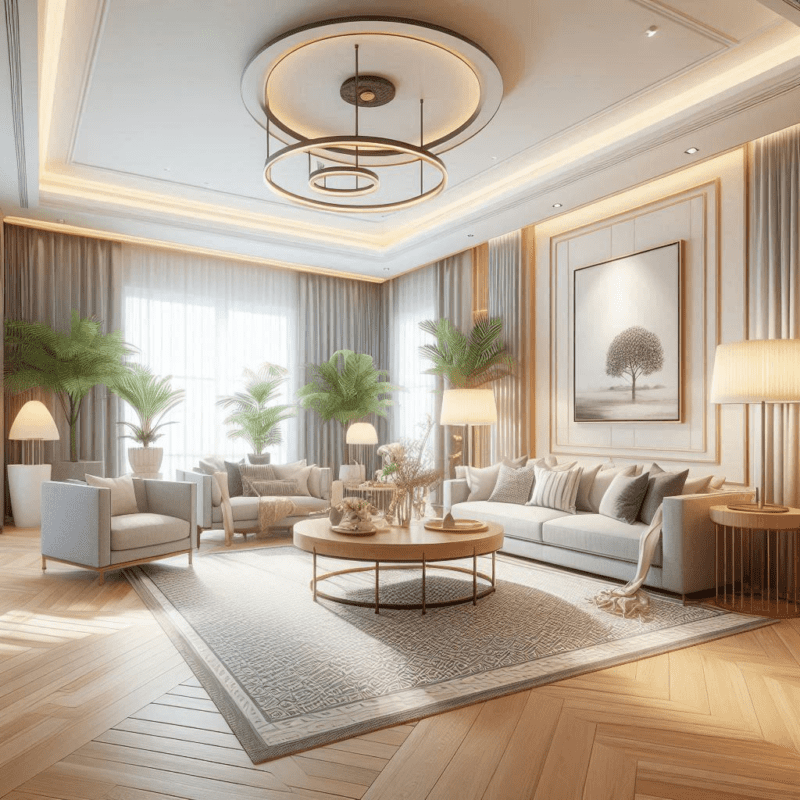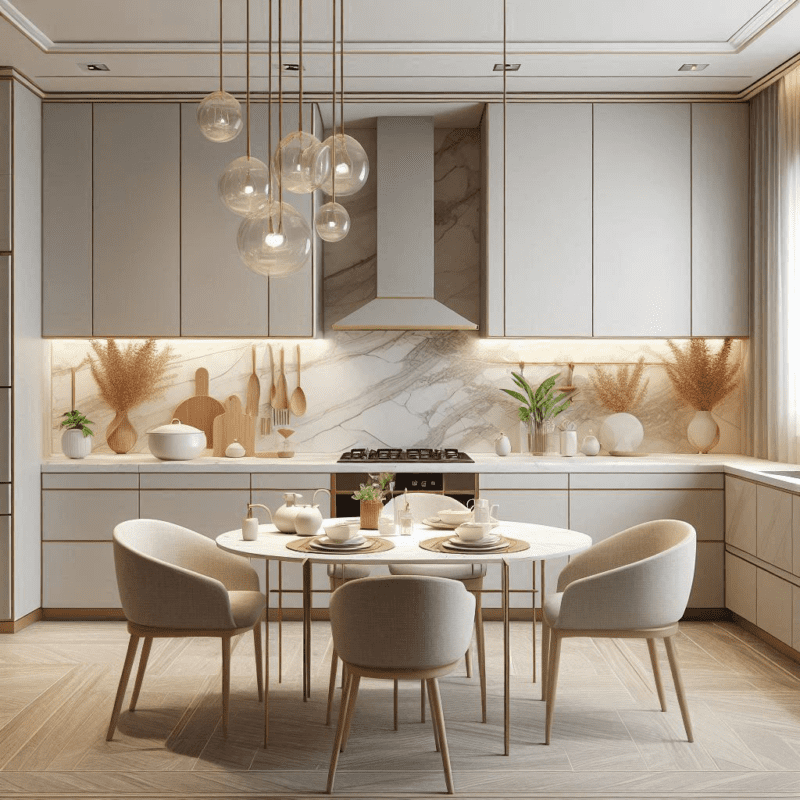Woodworking Accessories Tips
Aluminum Whole House Customization vs. Solid Wood Whole House Customization vs. Panel Whole House Customization: Differences, Advantages, and Disadvantages
As people’s demand for home quality and personalization continues to rise, whole house customization has become the choice for more and more families. Among the various customization materials, [aluminum],solid woodand panel each have their unique characteristics. This article will explore the differences, advantages, and disadvantages of these three whole house customization schemes to help you make an informed decision.
Aluminum Whole House Customization
Advantages
1.Durability: Aluminum is highly resistant to corrosion and oxidation, making it less likely to deform and ensuring a long service life.
2.High Environmental Performance: Aluminum is fully recyclable, aligning with modern society’s requirements for sustainabilityand environmental protection.
3.Lightweight and Strong: Aluminum is lightweight yet strong, making it easy to install and ensuring stable structures.

4.Flexible Design:Aluminum can be shaped into various forms and sizes, and its surface treatment techniques offer diverse color and texture choices, fitting modern and minimalist home styles.
5. Easy Maintenance: Aluminum surfaces are smooth and resistant to dust and dirt, making them easy to clean and maintain.
Disadvantages
1.Cold and Hard Texture: Despite advanced surface treatment techniques, aluminum may not offer the natural warmth and texture of solid wood.
2.Higher Cost: High-quality aluminum can be relatively expensive, requiring a higher initial investment.
3.Noise Issues: Aluminum may produce noise when impacted, necessitating sound insulation treatments.
Advantages
1.Natural Beauty: Solid wood offers natural grain and color, providing a warm texture that adds elegance and a natural feel to the home environment.
2.Durability: Solid wood furniture is sturdy and long-lasting, standing the test of time.
3. Environmental and Health Benefits: High-quality solid wood is non-toxic and harmless, posing no health risks.
4. Value Appreciation: Solid wood furniture often has a high collectible value, potentially appreciating over time.
Disadvantages
1. Expensive: High-quality solid wood furniture can be costly, especially when made from precious woods.
2. High Maintenance: Solid wood requires regular maintenance to prevent cracking, warping, and pest damage.
3. Environmental Sensitivity: Solid wood furniture can be affected by temperature and humidity, leading to expansion or contraction.
Advantages
1. Affordable: Panel furniture is made from engineered wood, reducing costs and making it relatively affordable.
2.Variety of Styles: Panel furniture can be designed in numerous styles, with various surface treatments offering a wide range of colors and patterns.
3.Easy Maintenance: Panel furniture surfaces are smooth and less prone to dust accumulation, making cleaning easy.
Disadvantages
1.Less Durability: Panel furniture is not as durable as solid wood or aluminum, resulting in a shorter lifespan.
2. Lower Environmental Performance: Some engineered wood products may contain formaldehyde or other harmful substances, requiring careful selection of environmentally certified products.
3. Artificial Texture: While surface treatments can mimic the look of solid wood, the texture and feel are less natural.
Conclusion
Each material for whole house customization has its unique advantages and disadvantages, and the choice depends on your personal needs and preferences. If you prioritize environmental performance and durability and have a sufficient budget, aluminum whole house customization is an excellent choice. If you seek natural beauty and elegant texture, solid wood whole house customization is undoubtedly the best option. For those looking to achieve personalized design within a budget, panel whole house customization offers an economical solution.
We hope this article helps you make the best choice among aluminum, solid wood, and panel whole house customization, allowing you to create your ideal home environment.



